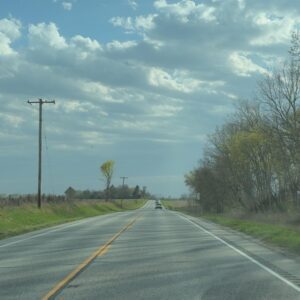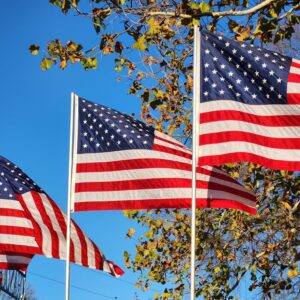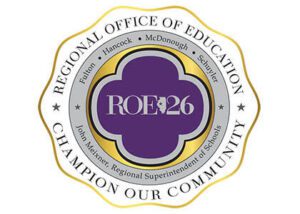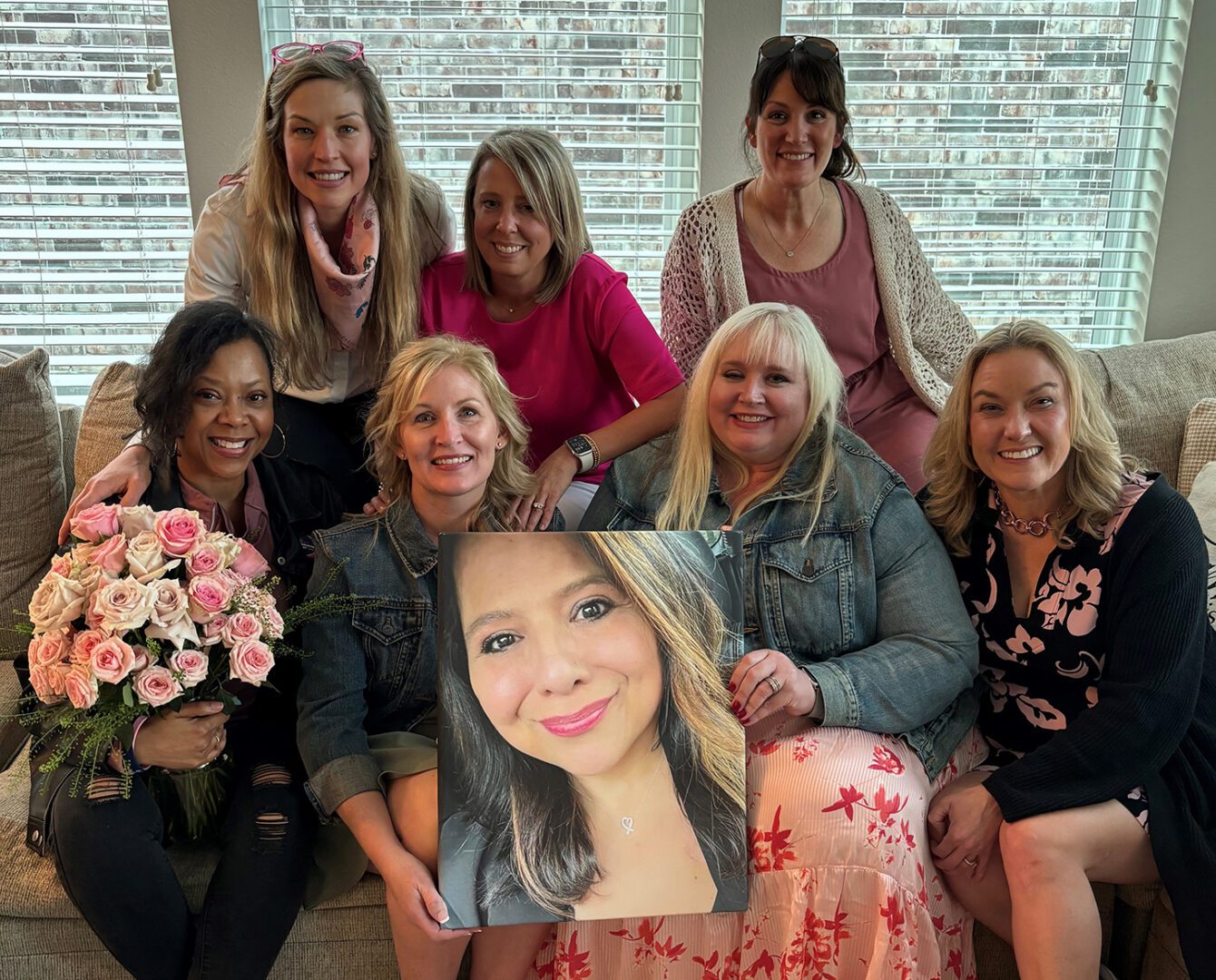By Thomas Best
Last week, I began discussing Jon K. Lauck’s new book on the history of our own Midwest Region: “The Good Country.” Focusing on the formative period of 1800 to 1900, Lauck’s description of the Midwest was fascinating.
This week, I want to finish up a look at Lauck’s scholarship by focusing on elements of the cultural aspects of Midwestern life in the 19th century.
As Lauck does so, think of the embryonic Midwest as a mixture of early uncouth adventurers and frontiersman eventually settling into a tempered Victorian society espousing American pragmatism and optimism, Christian traditions, free labor (or anti-slavery) ideology, fee markets, and a reverence for hard work achieved either on the farm or the city factory or craft shop. By the late 19th century, such values evolved to various forms of agrarian activism and populist movements standing up to the monopolistic powers of such entities as the railroads and agribusiness.
As one element, consider our forefathers’ and mothers’ dedication to the importance of being literate and well-schooled. Within a generation or two, small one-room school houses, using McGuffy’s Readers, dotted the landscape by the thousands. Based upon the “Free School Law of 1825” in Illinois, our own Warren County had close to 100 such schools by the end of the 19th century. Here, parents and civic leaders wanted a “virtuous and enlightened” “free people” educated so that they understood their “rights and liberties” and an “improvement and cultivation of the intellectual energies of the state’s citizens.” Albeit, often rudimentary educational structures with less than-adequate trained educators of typically the male gender, those such as Abraham Lincoln believed that education was the pathway to “morality, sobriety, enterprise, and industry.” And this approach, as Lauck insisted, was no “wishy-washy morality.” Classroom posters firmly admonished youth to never drink, never smoke, work hard, and obey authority. Indeed, as Midwest states joined in the clarion-call for self-improvement, nothing less than the survival of our liberty appeared at state. Therefore, by 1870, 80% of the eligible Midwestern school children were attending classes; compared that to just 29% in the South. Even more frontier-like Nebraska, by 1900, had 6,000 such schools educating children from 1st grade through their adolescent years. In fact, by the end of this transformative century, there were over 100,000 county schools across the Midwestern landscape—that was half of the schools found in the entire nation.
With a related topic, the creation of early colleges, let’s just say that such an educational approach was never fully intended to end at the one-room school house door. As such, Midwesterners wasted no time in erecting private colleges, all deemed the most “noble aspiration linked to he growing belief in the destiny of the great Northwest.” Such institutions were said to have prized a more practical and more democratic education free of the “diseased monotony and fastidious refinement of eastern colleges.” By the time of the Civil War, there were 100 such institutions for higher learning proclaiming their superiority as a means to create a unique republic of learning. While most of these colleges were associated with Christian denominations, and their presidents were nearly always ministers (such as with Monmouth College’s link to Presbyterianism and president David Wallace), many schools expressly espoused a “culture of usefulness.” Thus, while requiring daily chapel services, they likewise assigned their students to learn a type of useful trade and enhance their work habits as part of their curriculum requirements and their campuses’ physical needs. Did you know, for instance, that Knox College began under the name “Knox Manual Labor College.” Indeed, the learning of Latin and Greek and participating in literary and debating societies frequently coincided with learning to milk cows, swing an ax to clear trees, turn a lathe, and carry firearms on a parade ground.
Moreover, publishing companies flourished in this era to meet the demands for an educated public. By 1820, Ohio publishers issued 600 books and broadsides (or instructive posters) by 1820. In fact, Cincinnati became the “capital of the western book trade,” and at one time featured six publishing companies and forty-three book stores. Our own Illinois could boast nearly 500 publications in print by 1840. Indeed, improving one’s mind was considered essential to democratic interaction, the responsibilities of citizenship, and the broader molding of one’s morals and one’s integrity. People especially loved books and many new regional literary journals featuring writing with offerings from evolving Midwestern authors such as Mark Twain to the poetry of Longfellow, immersive fictional literature spanning the works of Dickens to Harriet Beecher Stowe, and, of course—yes—throw in early self-help books for personal success. If you could not afford the cost of books, libraries and book-lending societies met the public’s desire for literature, so dedicated to upward mobility for its citizens.
People also admired those willing to cross the plains to showcase their speaking talents. The Midwest became a “robust speaking circuit” for those orators able to hold an audience spell bound as they read from classical literature or preached on the virtues of frugality and moral success. Lecture halls were planted as vigorously as wheat and corn. The lyceum movement took hold in most towns as civic leaders sought to claim their status as promoters of “patriotic, non-partisan, educationally democratic, benevolent, and Christian” communities.” Davenport, Iowa, just three years after being chartered as a city in 1836, had its own lyceum ready for speakers such as Henry Ward Beecher. There he was called upon to deliver instructive “Lectures to Young Men.” Abe Lincoln was also a welcome guest on this circuit. He lectured on such controversial topics as the heinous murder of abolitionist Elijah Lovejoy. Throughout the 19th century, lectures were thus prized for professing the need for wisdom, intellectual growth, the formation of character, common sense, and the means of social acceptability. Later, with the creation of the Chautauqua movement in New York in the later 1800s, speakers, inventors, musicians, dramatists, and inventors toured the country offering up heaping doses of the value of temperance over demon rum’s corruption, the beauty of Shakespearean prose, and the use of self-improvement guides for a healthy home. By the early 1900s, the Monmouth Chautauqua on the grounds of Monmouth College featured week-long crowded performance tents and even personal camping services. Therefore, with plenty of seating and sleeping arrangements, visitors never had to leave the grounds or miss electrifying lecturers by the likes of Billy Sunday.
Despite such an emphasis on uplifting society, we should be reminded that contemporary values of race and gender did not inspire lawmakers to extend educational, political, and cultural opportunities to black Americans and women. Black laws in areas of the Midwest long forbade even free blacks from jury duty, testifying in court against white defendants, enrolling their children in public schools, having access to public theaters, joining the state militia, or registering to vote. Moreover, with the “zeal for betterment,” enlightened women were pushing for co-educational opportunities, such as what we find here at Monmouth College. Their curriculum of inclusion included the challenges of participating in literary and oratorical societies and clubs along with the establishment of forward-thinking sororities, later copied across the nation.
Thank you for your interest. Next week, I am going to focus our outlook on the Midwest right here upon Monmouth. Did you know we have a birthday coming up?













